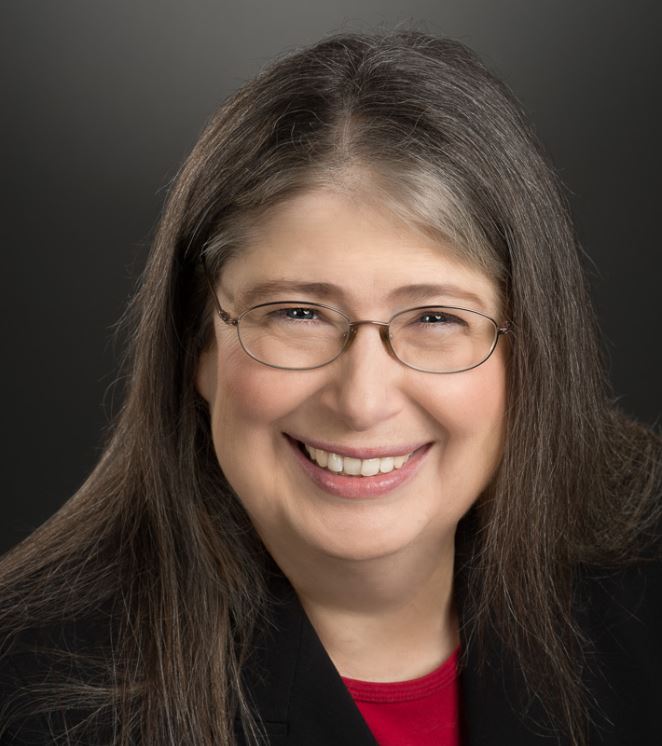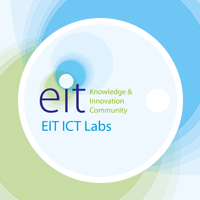Tutorial
Friday, October 31, 2014, 13:15 - 16:00, Auditorium Q2 (map)
Dr. Radia Perlman (EMC, USA)

Title: Network Protocols: Myths, Mistakes, and Mysteries
Abstract: A lot of what "everyone knows" about networks is actually false! Network classes at universities tend to just tell students to memorize the exact details of the currently deployed standards, without letting students have the insight to understand design alternatives that could have made networking better. Buzzwords start getting used, and people use them without knowing what, if anything they mean. Even though some people might think they know what some term means, if the term means different things to different people, then using the term does not accurately convey what the speaker thinks he is saying. Some questions might seem really basic, and "everyone knows" the answer. For instance, if you ask why we have both IP and Ethernet, most people will say "because IP is layer 3 and Ethernet is layer 2". Well, actually, according to a technical view of network protocols, Ethernet as originally invented (CSMA/CD) was a layer 2 protocol, but ever since spanning tree, it is actually layer 3, since packets are forwarded. So the question really is "why do we have two layer 3 protocols", and the answer to that is quite deep and interesting. We will discuss how Ethernet evolved from CSMA/CD to spanning tree to TRILL, how it interacts with IP, and also analyze the buzzword "SDN", and discuss multiple orthogonal technologies that people sometimes mean when they use the term, and/or which of these are actually new. The point of this tutorial is to get people to think critically and encourage questioning of "common knowledge", as well as to entertain and enlighten.
Short biographical note
Radia Perlman recently joined EMC as an Industry Fellow. She has a long history of contributions to network protocols and security protocols, including the spanning tree algorithm (that converted Ethernet from a single wire to something that can support a fairly large network), robust and scalable link state routing, TRILL (which eliminates the routing limitations of spanning tree), networks resilient to malicious participants, and expiration of data from a cloud. She’s the author of the textbook “Interconnections”, and coauthor of the textbook “Network Security”. She has a PhD from MIT, holds over 100 issued patents, and has received various industry awards, including lifetime achievement awards from ACM’s SIGCOMM and Usenix, and an honorary doctorate from KTH.
Navigation
Important Dates
- CySeP dates:
October 27 - 31, 2014
Registration deadline:
October 24, 2014
Poster/demo deadline:
October 20, 2014
Contact
- Panos Papadimitratos
- Email: papadim@kth.se
- Tel: +46 8 790 4263
(on campus, dial 4263)


